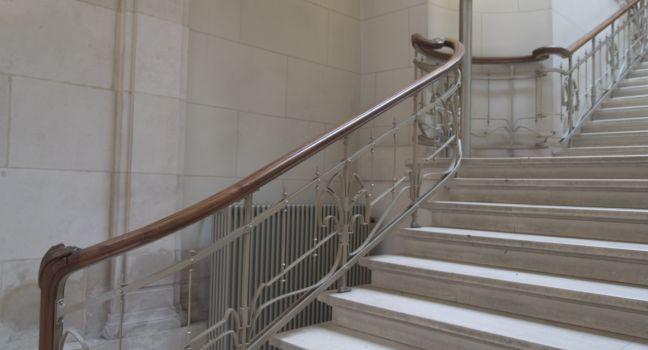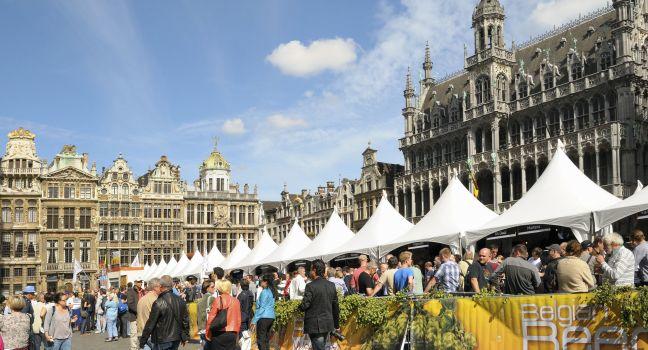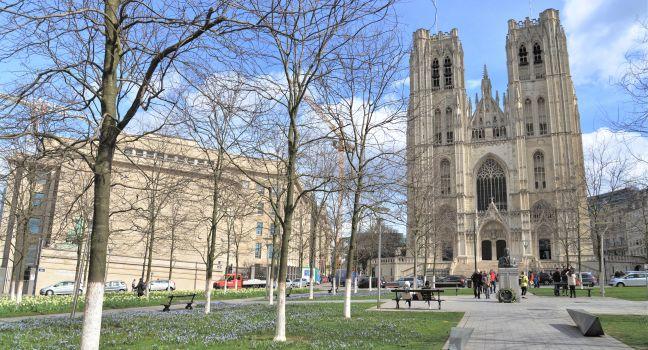Atomium
Like a giant, shiny child's toy rising up out of a forest, the Atomium was created in 1958 as part of the World's Fair of Brussels. It's shaped like an atom, with an elevator taking you up the central axis where walkways link to the protruding spheres by escalators. One sphere contains a permanent exhibition about the building's history; the others are set aside for temporary displays on design and architecture. Audio guides in English are available and there are great views from the top sphere, known as the Panorama.






